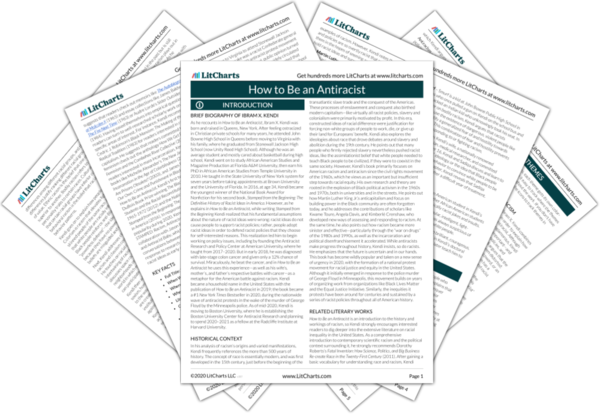Ironically, Kendi’s success in the oratorical contest disproves the message of personal responsibility that he was preaching. He even used this same idea to explain his own academic underachievement in the past—but in his speech, he suddenly decided that he was better than the rest of the young Black people surrounding him. Unlike Donald Trump, however, Kendi does not try to defend what he said—rather, he is willing to accept criticism and change. He recognizes that a lot of mainstream ideas are racist, and that almost everyone believes in some racist ideas.


